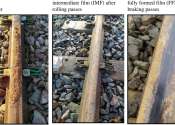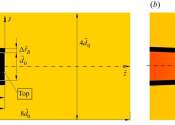A friction reduction system for deformable robotic fingertips
Researchers at Kanazawa University have recently developed a friction reduction system based on a lubricating effect, which could have interesting soft robotics applications. Their system, presented in a paper published in ...









